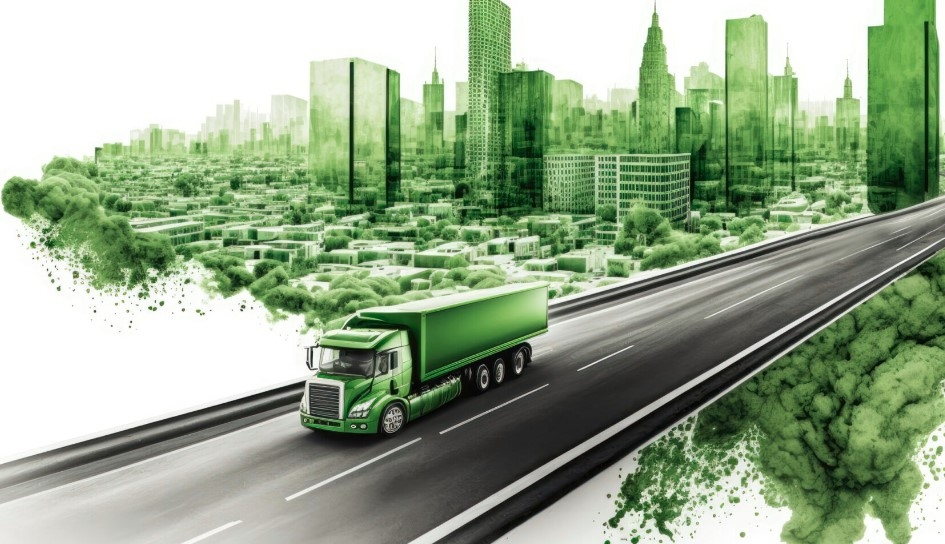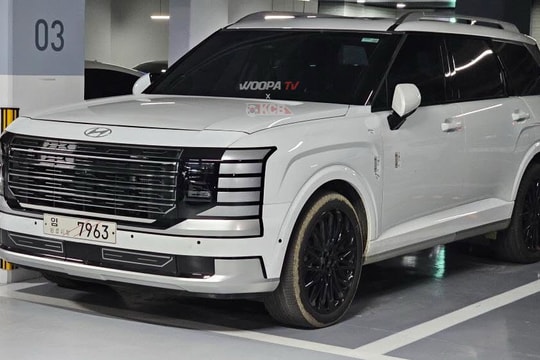According to a study by the International Energy Agency (IEA), up to 37% of global greenhouse gas emissions are due to transportation, one of the most important parts of logistics.
Currently, developing economies in Asia, Africa and Latin America are expected to triple their freight demand by 2050. This will lead to a doubling of greenhouse gas emissions. In the new context, sustainable development is the trend of all economies, developing green logistics is becoming more urgent than ever.
Faced with this trend, many businesses in the transportation industry have invested in upgrading equipment, switching from running on oil to using electricity or clean fuels for cranes and vehicles running in ports.
Truong Nguyen Linh - deputy general director of Vietnam International Container Terminal (VICT) said, "The seaport management system is really large and many subsystems can be upgraded, in addition to investing in developing the electronic port system.
This year we are also trying to achieve ISO 9001 standardization, further we are trying to get ISO 14,000 certification for environmental issues, and ISO 45,000 for human health".
According to Linh, VICT is also carrying out a number of solutions to reduce dust in the air and noise such as using barges to transport goods instead of container trucks.
In 2023, this unit will also start switching to an electronic seaport model (Eport) to help customers update the status of actual ship and cargo data 24/7, aiming to achieve the criteria of building a "green port" in 2024.
For businesses operating in the road transport sector, greening is viewed as a big challenge. Accordingly, green logistics is mainly implemented through replacing vehicles using internal combustion engines with electric or hybrid vehicles and using biofuels and sustainable fuels in transport.
However, according to experts, the transport infrastructure in Vietnam is still not complete, especially in remote areas. This makes it difficult to deploy environmentally friendly means of transport such as electric vehicles.
The lack of supporting infrastructure such as charging stations for electric vehicles, warehouses and green distribution centers is also a barrier for businesses.
Harry Lu - Development Director of Sunny Auto Company - shared, "If we switch from diesel vehicles to electric vehicles, we will reduce at least 50 - 60% of carbon emissions. If the trucks are charged by solar energy, the carbon emissions will reach over 90%. However, the current conditions in Vietnam are not very suitable, because there are not enough large-capacity charging stations."
MSc. Cao Minh Nghia, deputy head of Economic Development Department under the Ho Chi Minh City Institute for Development Studies said businesses need to link together to create strength.
“Small businesses should link up with large ones that already have a complete system to receive support for mutual development. The state's support is needed while businesses need to accompany the government to change their mindset and perception that logistics transformation is an important task," Nghia shared.
Greening the transportation industry or green logistics is not only a responsibility but also a driving force and an urgent requirement.
In the context of increasingly deep international economic integration as it is today, if businesses do not quickly and immediately implement the criteria to green the logistics industry, in the future, businesses will face many difficulties and gradually be "eliminated" from business, trade and import-export activities domestically and globally.

























